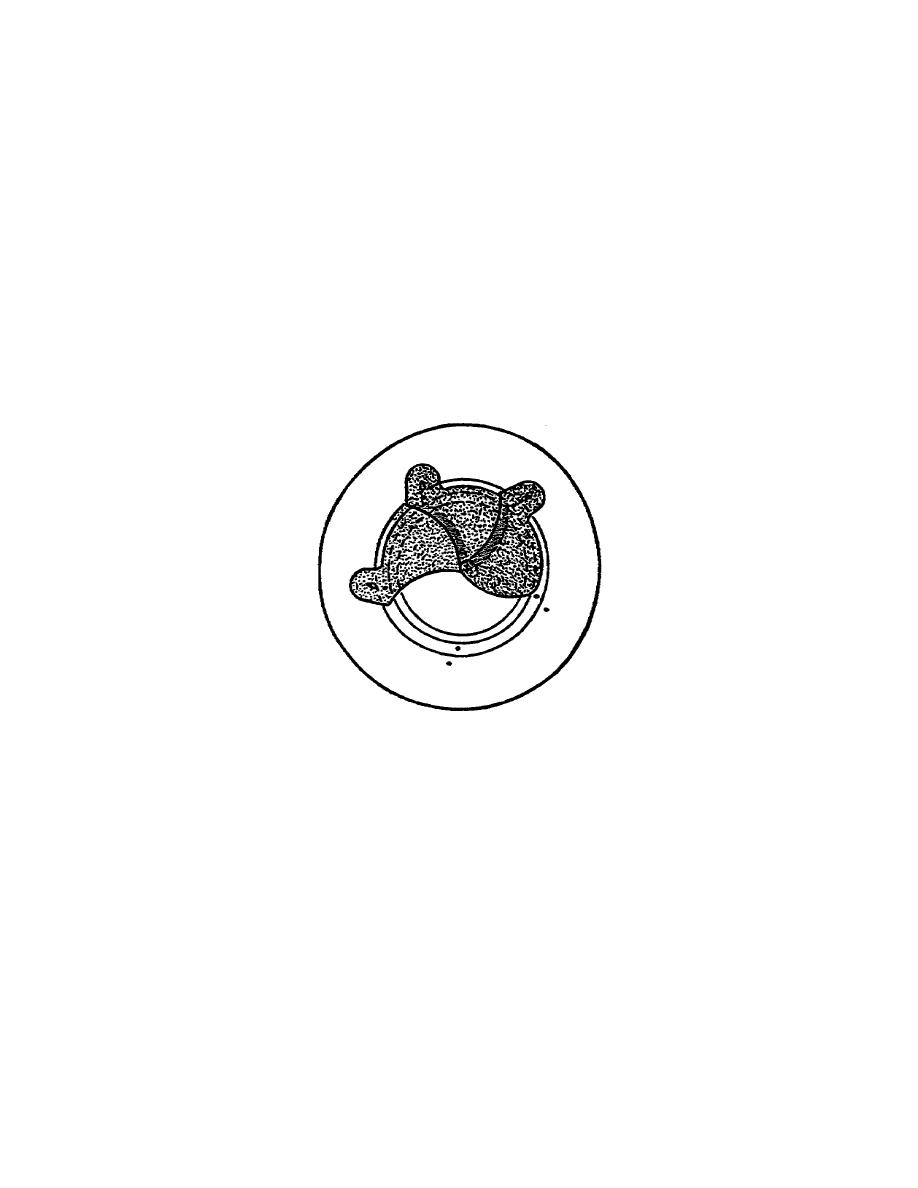
Learning Event 3:
DESCRIBE HOW TO CONTROL TIME
1.
Time is usually controlled by using a shutter. In the early days of
photography, when exposure times were very long, cameras didn't need a
shutter because the photographer could control exposure time by simply
uncovering the lens for a few seconds (sometimes even minutes or hours) and
then covering it up again. But as film emulsions became more sensitive to
light, exposure times shortened dramatically. It soon became necessary to
devise ways to slice time into very short lengths, even to thousandths of a
second.
Inventors have devised two basic types of mechanical shutters:
leaf shutters and focal plane shutters.
a. Leaf shutters are built into the lens.
They are made up of thin
leaves of metal which are connected to a complex mechanism of gears and
springs which make them open and close the light path through the lens
(fig 1-7).
Figure 1-7.
Leaf shutter
b. Focal plane shutters are cloth or thin metal curtains which are
placed as close to the film plane as possible. They work by allowing one
curtain to uncover the film plane and, after the selected time has passed, a
second curtain to "chase" the first curtain across the film plane,
recovering it (fig 1-8).
7


 Previous Page
Previous Page
